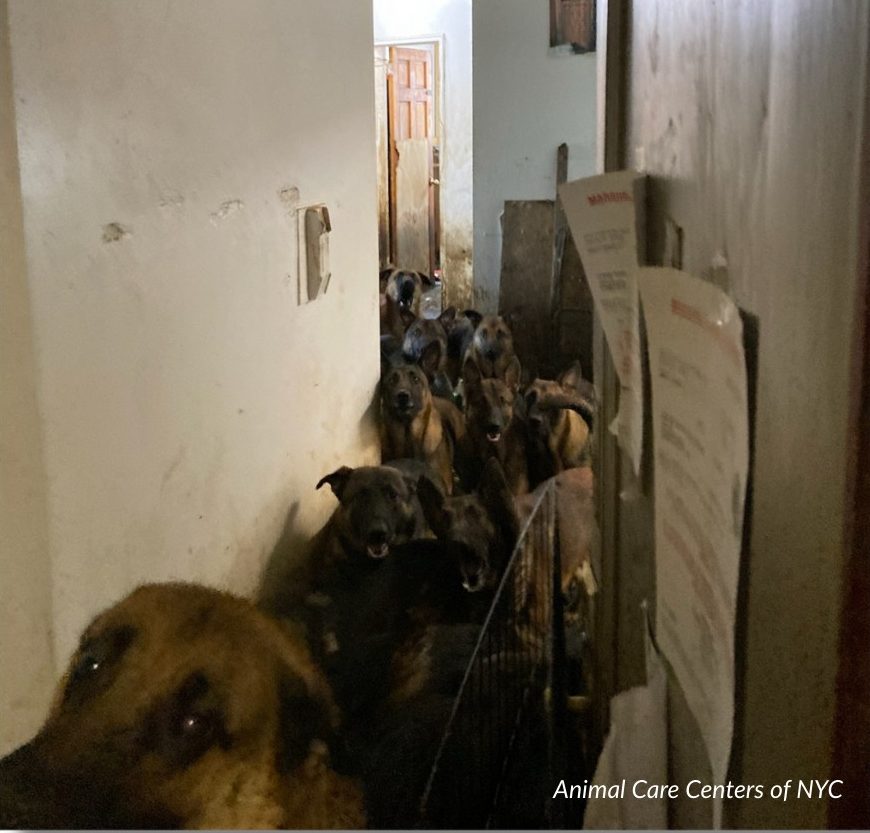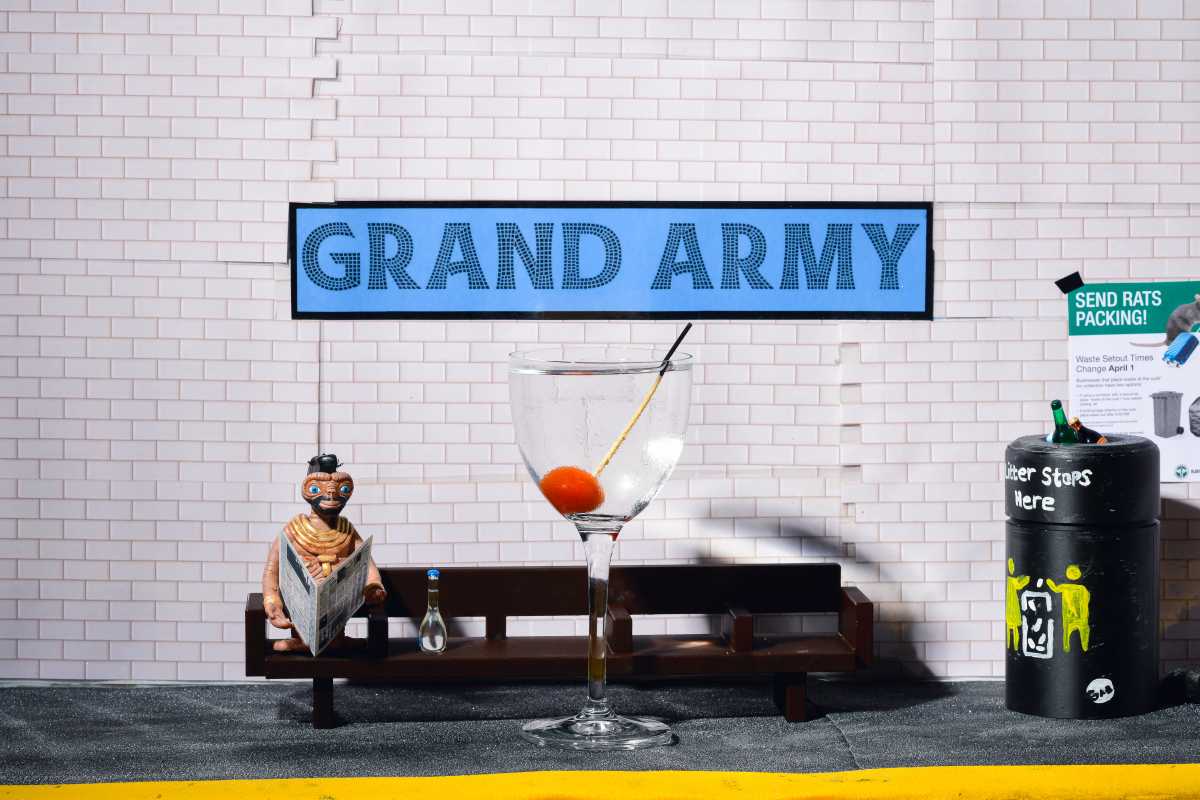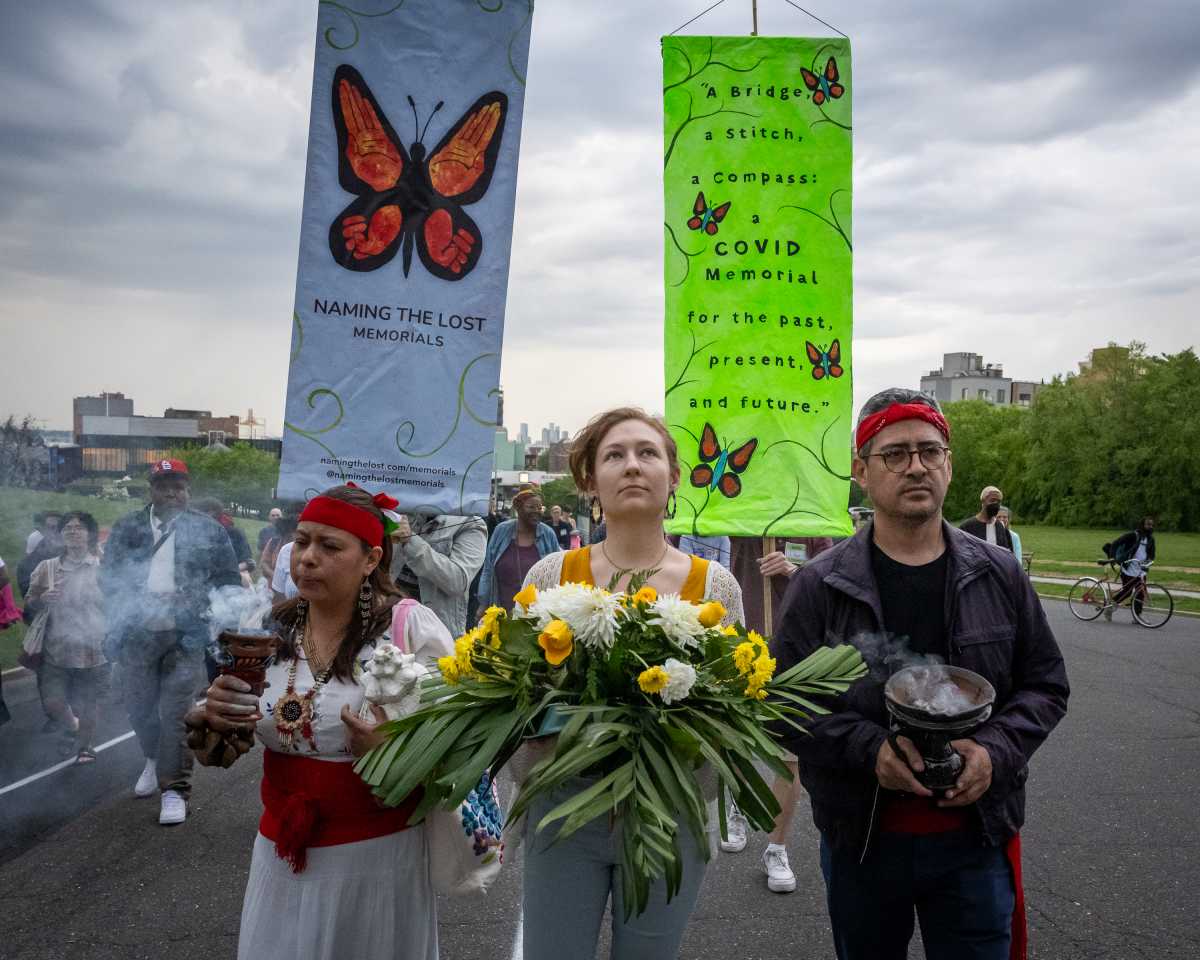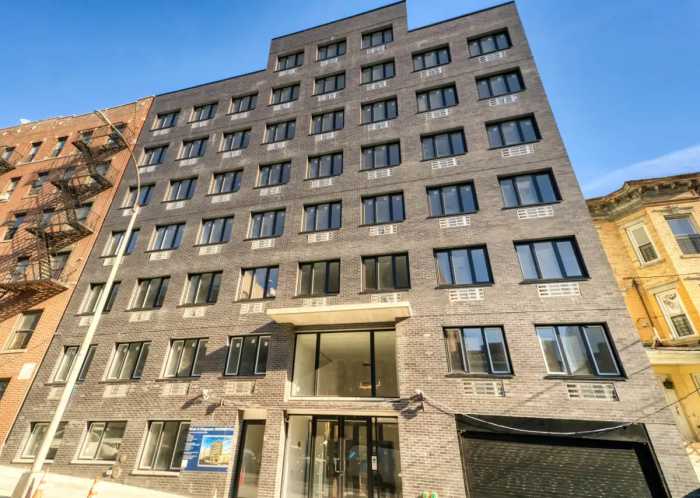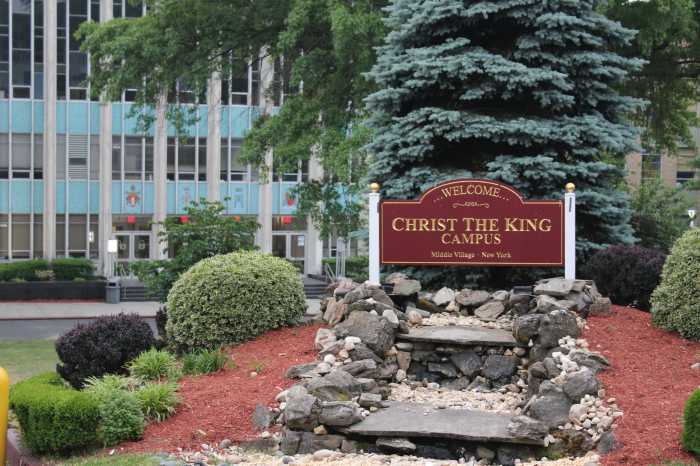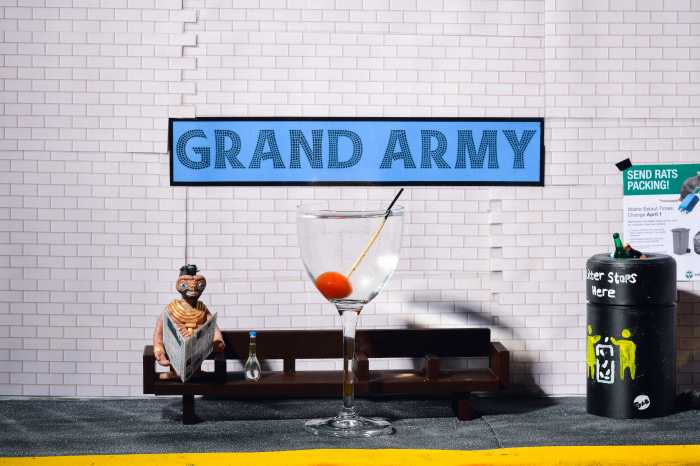
BY YANNIC RACK | When renovation work started on an empty apartment in her building last month, Holly Slayton was annoyed that she would likely have to deal with nonstop construction noise for a few weeks.
But as the work at 514 E. 12th St., a five-story walk-up near Tompkins Square Park, progressed, a more serious problem soon surfaced — lead dust, the highly toxic and potentially fatal substance that is often found in the paint inside old buildings, began to seep through every crevice.
“The dust is coming underneath my floorboards, in my walls. The hallway is coated in it,” said Slayton, who has lived in the building for 11 years and said that she, along with her seven-year-old daughter, began to experience the physical effects of the fine powder around the same time the renovation started.
“I have a sore throat and I’ve had migraines for two months,” she said. “My daughter just had an upper-respiratory infection. I can’t even be in my apartment half the time.”
After suffering for more than a month, she made a trip to the doctor last week, who prescribed she wear a facemask.
But by that time, she already knew of the potential dangers: In mid-March, after multiple complaints to the city, a team from the Department of Health stopped by the building, as well as two others on E. Fifth St. that are owned by the same landlord.

The results of the inspectors’ probes: Up to 16 times the safe amount of lead was found in some common areas, according to federal standards.
“And that was a week later, after the renovation was done,” said Sandra Mayer, who lives with her husband at 233 E. Fifth St., the worst offender in the group. “It’s not a healthy environment to be living in.”
Last week, tenants from the three buildings — which also include 235 E. Fifth — rallied outside the offices of their landlord, Raphael “Raffi” Toledano, whose property fund Brookhill Properties manages the buildings.
It’s not the first time that Toledano — a 25-year-old real estate mogul, who added more than a dozen East Village buildings to his real estate portfolio last year — has been accused of wrongdoing.
He is currently the subject of a state investigation into tenant harassment, and residents at 444 E. 13th St. have taken him to court over alleged attempts to drive them out of their rent-stabilized homes through illegal construction and persistent threats and buyout offers.
In January, The Villager revealed that the young landlord also has a past assault conviction for beating up a group of teenagers in New Jersey four years ago — news that only ratcheted up the worries of many of his already concerned tenants.
Some of them have organized under the banner of the Toledano Tenants Coalition to fight against eviction efforts and other problems at their buildings. They gathered in front of the Brookhill offices at 298 Fifth Ave. on Tues., April 12.
“Basically, we’re holding him hostage,” said SaMi Chester, an organizer with the Cooper Square Committee, a housing preservation group that is supporting the tenants.
Dressed in hazmat suits and wearing dust masks to illustrate their plight, the group was trying to deliver a letter to Toledano personally. The message asked him to implement a proper lead-mitigation plan, using an E.P.A.-certified abatement contractor, and urged him to follow the guidelines from the city’s Childhood Lead Poisoning Prevention Act of 2003. That law mandates that contractors use safe work practices and trained workers, and perform tests to ensure proper cleanup.
“We’re trying to deliver our demands, but he won’t even accept it,” said Chester, as he returned from a futile trip to the landlord’s offices upstairs.
According to the city, dust from lead paint — which was banned here in 1960, but is still found in older buildings — is the most common cause of childhood lead poisoning, which can adversely affect a child’s health, learning and behavior.
Lead exposure occurs when lead dust or fumes are inhaled, or when lead is ingested via contaminated hands, food, water, cigarettes or clothing.
Lead entering the respiratory and digestive systems is released into the blood and distributed throughout the body. According to the New York State Department of Health, more than 90 percent of the total body burden of lead is accumulated in the bones, where it is stored. The lead may then be released from the bones into the blood later, re-exposing organ systems long after the original exposure.
Toledano was not available for a comment last week. But a Brookhill spokesperson told The Villager that, after the company was notified of an issue by the Department of Health, it dispatched “a professional remediation crew [that] quickly rectified the situation and brought the property into full compliance.”
“We continue with constant monitoring of the property to ensure the health and safety of all of our tenants, which is our primary concern,” the spokesperson said in an e-mail.
But Slayton reports that the work is continuing unabated, and without the proper equipment to contain the dust that is spreading throughout the building.
“Yesterday, everything was coated in dust,” she said, speaking on April 12. “Even the sitter is sneezing and coughing when she comes over.”
Slayton said the landlord should supply the tenants with air purifiers. She said that Brookhill representatives have been cordial when contacted. But rather than actually doing something to solve the situation, they usually offer to move her to a different apartment instead, she said.
The catch, however, is that she would lose her rent-stabilized rights. Most of the units in her building, like in other Toledano-owned properties, are not market rate.
“Plus, I don’t want to move to Murray Hill,” Slayton said. “I’m part of the neighborhood.”
The tenants, many of whom have small children or teenagers, fear that more renovations will soon follow. Nina D’Alessandro, who started the coalition, said she has been lucky so far — her building, at 231 E. Fifth St., is still quiet.
“They haven’t started yet, but they’re about to,” she said.
The group now includes residents from almost two dozen Toledano buildings.
“Not only is it illegal, it’s immoral and it’s unacceptable,” D’Alessandro said of the lead-dust pollution. “They keep wanting ‘to do right by their tenants,’ but this kind of mistreatment is very worrying to all of us.”




